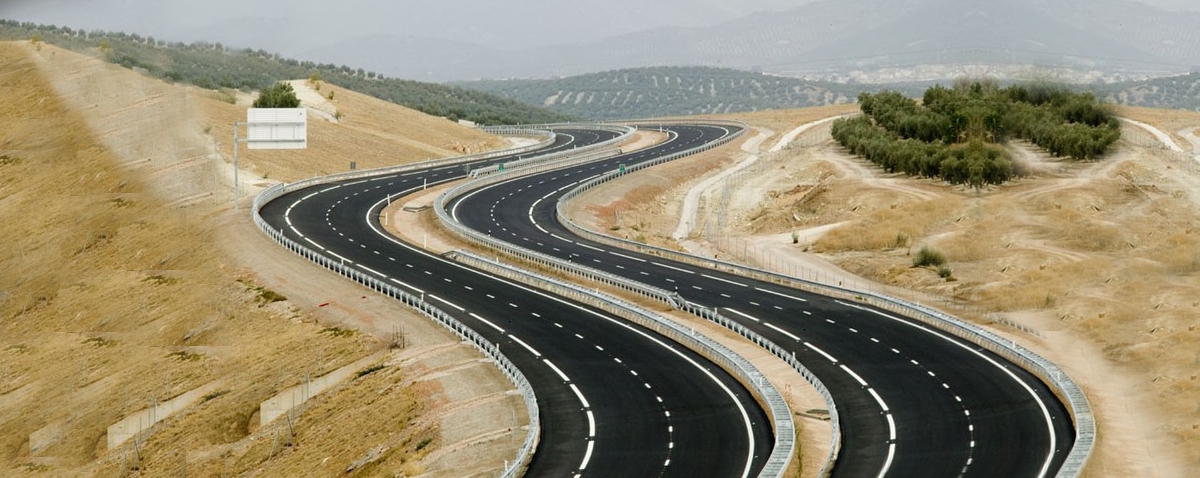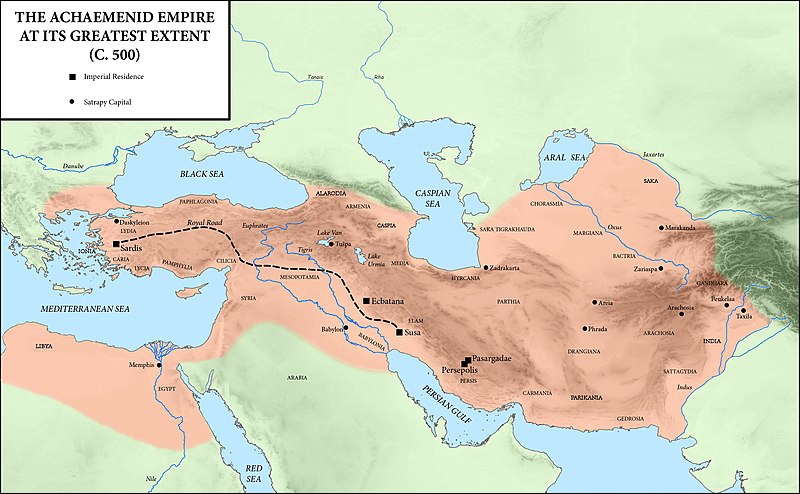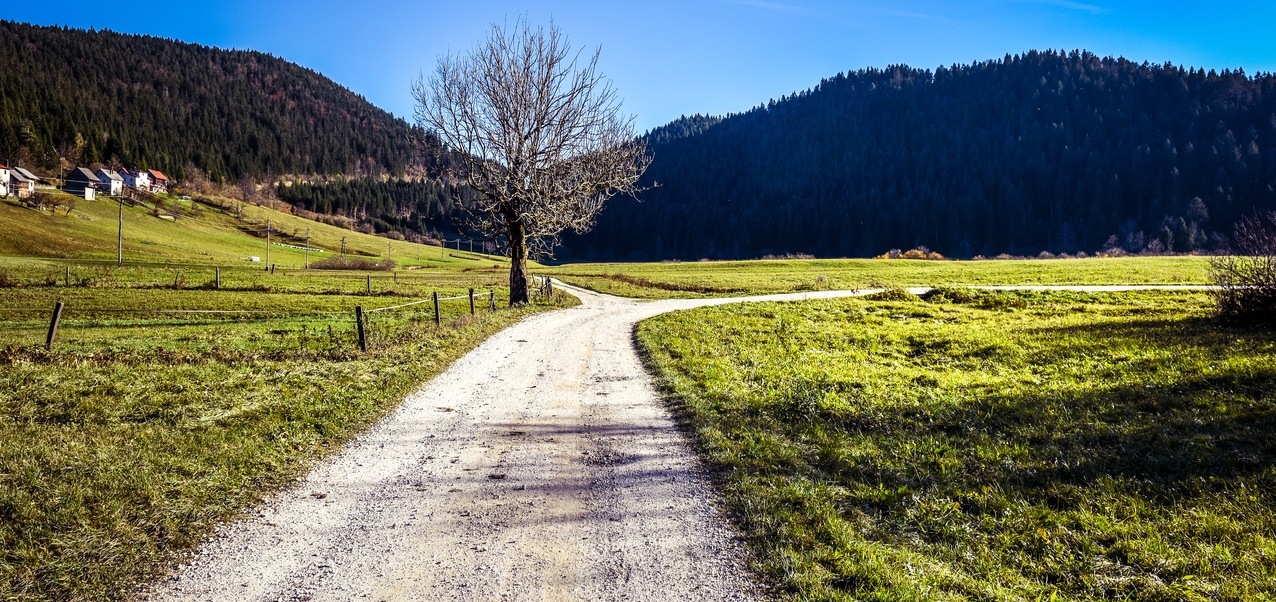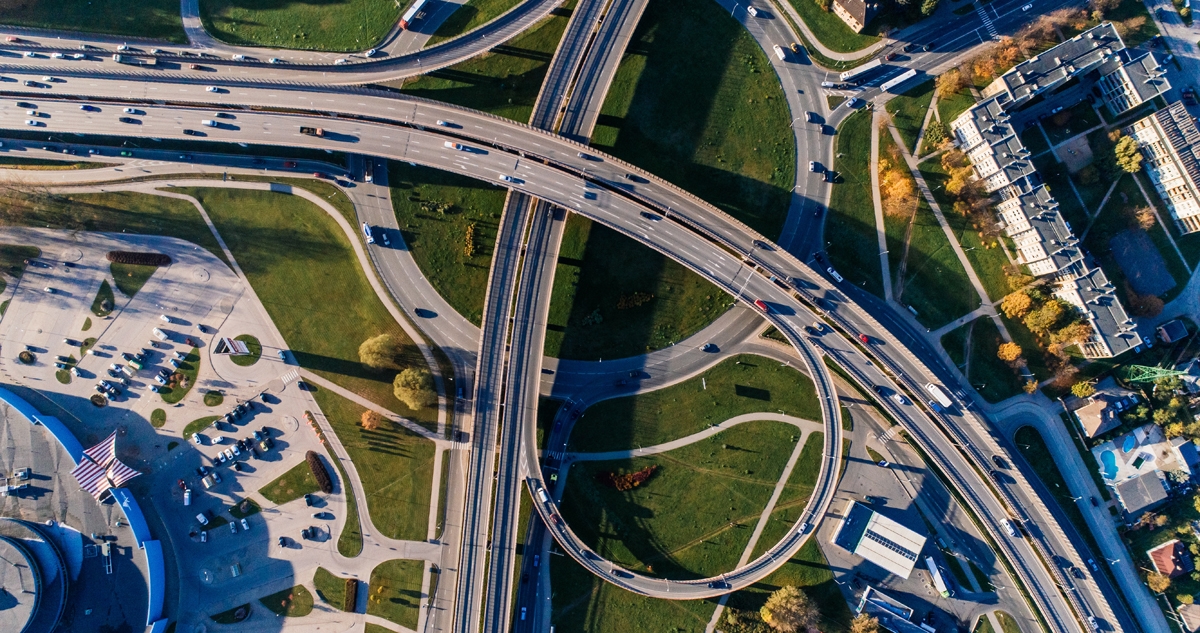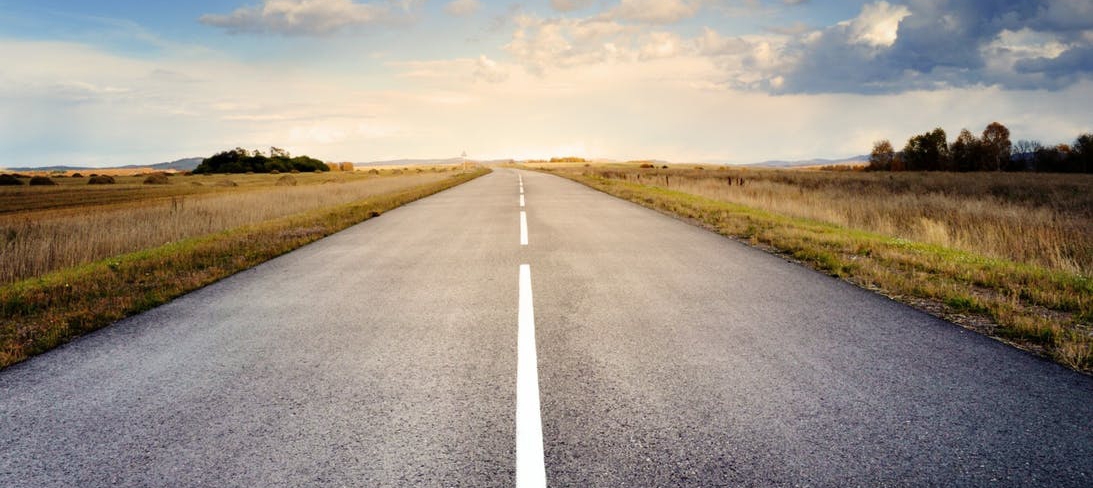Background
The majority of us tend to take our daily commutes on the roadways for granted, at least until they are closed for maintenance, flooded, or otherwise rendered impassable. But it has only been the last forty years or so that we have had the luxury of a big, comprehensive, and well-maintained road network that is open to all.
One of the most reliable measures of a society’s level of progress has always been its road system—or lack thereof. The emergence of towns and cities and rising populations brought with them the necessity for trade and communication between those expanding population centers. The earliest known paved road is thought to have been constructed in Egypt approximately 2500 BC by Pharaoh Cheops. It was a construction road measuring 1,000 yards and 60 feet wide that went to the vicinity of the Great Pyramid [1].
The History of Roads
The first roads evolved on the surface thousands of years before urban planning, cars, or even the wheel. As molecules coalesced into cells, and cells into more complex animals, so did our first roads develop on their own as a result of people repeatedly traversing the same paths to get food and water. Networks of walking trails evolved into more formal highways as small populations merged into villages, towns, and cities. The larger, heavier loads that could be conveyed with the invention of the wheel some 7,000 years ago revealed the limitations of dirt tracks that transformed into muddy bogs when it rained. Roads with stone pavement date back to around 4,000 B.C. in Mesopotamia and the Indian subcontinent.
The Romans devised methods for constructing sturdy roadways utilizing many layers of materials on top of deep beds of crushed stone for water drainage to aid in the movement of legions around their empire. Some of those roads are still in use today, more than 2,000 years later, and today’s highways are built using the same basic principles.
Modern road building methods can be credited to a procedure created in the early 19th century by Scottish engineer John McAdam. Roadbeds with multiple layers were covered by McAdam with a soil and crushed stone aggregate, which was then compacted with large rollers to seal everything together. Over the past century, the actual process of building roads has seen a significant transformation, moving from vast groups of humans using picks and shovels to enormous, specialized machinery. Due to the hot and cold wars that dominated much of the 20th century, modern superhighways, such as the German Autobahn and American interstate system, were created in order to transport the soldiers like the Romans did [2].
Different Types of Roads
A road is a travelled path used for moving vehicles, animals, or humans. Nowadays, a street is an urban highway, whereas a road refers to a rural, less used route. A highway is a significant rural roadway; more recently, it has been used to describe a road, in either a rural or urban setting, where traffic entry and departure points are restricted [3].
Roads, avenues, and streets are frequently called according to a set of norms that, once you become familiar with them, are difficult to overlook. Despite the fact that some of these guidelines have become confusing over time, if you do a local trip, you might discover that these names are a very efficient method to understand our routes.
All the roads you’ll frequently travel down are listed below; perhaps, this will give you an opportunity to appreciate them [4]
- Road (Rd.) – This is the broadest category and refers to a path that joins two points.
- Street (St.) – A roadway with buildings on either side that frequently crosses an avenue at an angle.
- Avenue (Ave.) – A common urban public pathway, usually bordered by trees or buildings. It frequently follows a street perpendicularly.
- Boulevard (Blvd.) – A broad, wide street that is flanked by trees. There is frequently a median with trees.
- Lane (Ln.) – A small, typical rural road.
- Drive (Dr.) – It can be a long, winding route that frequently draws its contours from the surrounding landscape, such as a mountain or lake.
- Way (Way) – A little roadside street.
- Court (Ct.) – Lacks a throughway and ends in a round or loop.
- Plaza (Plz.) – An open public space that is surrounded by buildings or roadways and is also known as a square.
- Terrace (Ter.) – Typically used to denote a street that ascends a slope.
- Place (Pl.) – Typically, it is a street or road that has no throughways.
- Frontage Road (Fr.) – It provides local access and runs alongside to a bigger road. It is also known as an access road or service road.
- Highway (Hwy.) – A significant public route that typically links several cities.
- Interstate (I.) – A significant road network that is a part of the highway system and is frequently subsidized by the federal government. It’s not required, yet it could cross state lines.
- Turnpike (Tpke.) – It is typically a toll road that is a section of a highway.
- Freeway (Fwy.) – It is a wide road with two or more lanes on each side that is a part of a highway system.
- Parkway (Pkwy.) – A broad, ornamented public road. It is known as a parkway because there is usually parkland by the side of the road.
- Causeway (Cswy.) – An elevated path that crosses water or low, marshy ground.
- Beltway (Bltwy.) – A road encircling a city.
- Crescent (Cres.) – A crescent-shaped, winding road that connects to another road at both ends.
- Alley (Aly.) – A narrow road that runs between buildings; it might or might not be driveable.
- Esplanade (Esp.) – A road or a lengthy, open pathway next to the ocean.
Facts about Roads in United States
Without the roads and bridges that enable us to travel there, it is challenging to imagine any area in the United States. Here are some fascinating details you may not be aware of regarding the literally millions of miles of highways in the United States alone [5].
- The United States has the largest road system in the entire world, with 4.09 million miles of roadways.
- The George Washington Bridge receives the greatest traffic in the country, carrying more than a quarter million vehicles per day.
- The first speeding ticket ever given was in 1902.
- Only 3.4 percent of all national highways are under governmental control.
- Transportation-related jobs make up one in every seven jobs in the country.
- In the US, there are more than 47,000 bridges with structural flaws.
- More than 70% of all freight in the United States is transported by truck each year.
Conclusion
The infrastructure of any nation must include roads. They guarantee that individuals can move around with efficiency and ease. Whatever we call it—a boulevard, a freeway, etc.—a road aids in crises and promotes travel. Maintaining excellent roads is crucial to preventing any loss of national revenue.
References
[1] Sponholtz, S. (n.d). A Brief History of Road Building. Retrieved from https://www.triplenine.org/Vidya/OtherArticles/ABriefHistoryofRoadBuilding.aspx/ [Accessed on August 30, 2022]
[2] Abrams, S. (2013). The Unseen History of Our Roads. Retrieved from https://www.roadandtrack.com/car-culture/a4447/the-road-ahead-road-evolution/ [Accessed on August 30, 2022]
[3] Lay, M. & Benson, F. (2022). Road. Encyclopedia Britannica. Retrieved from https://www.britannica.com/technology/road/ [Accessed on August 30, 2022]
[4] Edwards, P. & Barton, G. (2016). How streets, roads, and avenues are different. Retrieved from https://www.vox.com/2016/11/14/13275486/streets-roads-avenues-names-reasons/ [Accessed on August 30, 2022]
[5] Fremont Contract Carriers (FCC). (n.d). 12 Facts You May Not Know About Transportation in the United States. Retrieved from https://www.fcc-inc.com/twelve-facts-you-may-not-know-about-transportation-in-the-us/ [Accessed on August 30, 2022]

